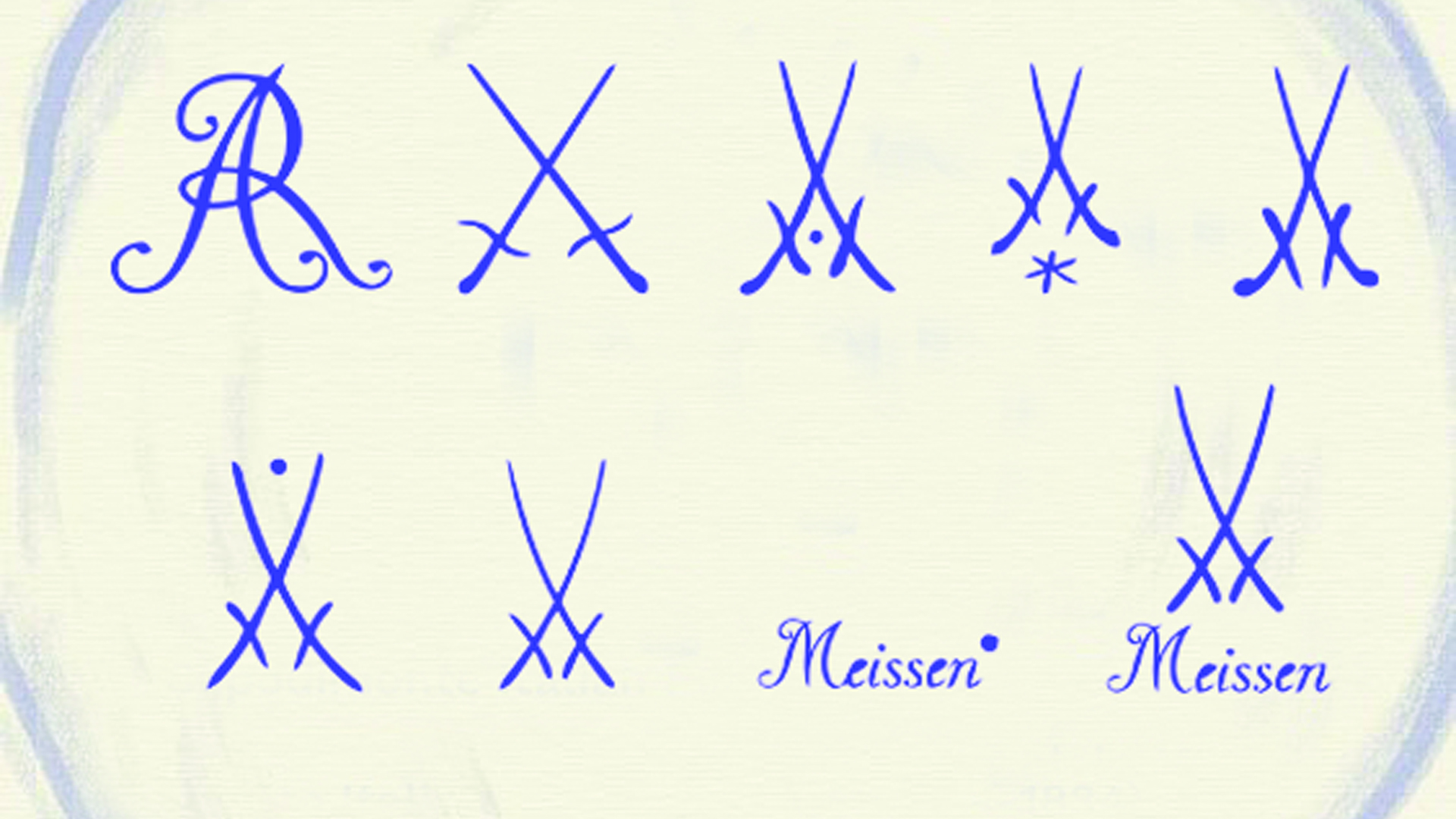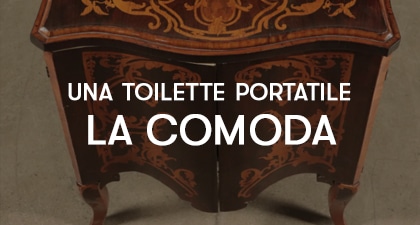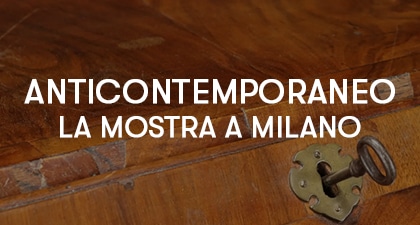Porcelain: the manufactures (second part)

After having seen the origin of porcelain, let’s take a look at the most important European manufactures and the marks to recognize them. First among them is the Meissen Manufacture.

The first items produced were teapots, cups, and busts, with shapes derived from contemporary silverware. Later, the taste for chinoiserie became popular; some of the most beautiful pieces of the German manufacture belong to this period.
After this fashion ended, production shifted to a “European” style inspired by landscape and genre painting. The subjects were varied: courtly scenes, animals, works and trades, characters from commedia dell’arte, and so on.

The first pieces had two small crossed swords as a mark. The following period featured the intertwined initials of King Augustus II, and sometimes the abbreviation KPM, or KPF. The initial mark, the two crossed swords, would become the definitive one (with slight variations).
The Vienna Manufacture was founded a few years later, thanks to two defectors from Meissen.

The production was original, characterized by oriental-inspired shapes mixed with late baroque motifs. Later, the “garland and ribbon” motif, typical of the Austrian manufacture, became dominant. The production was extremely expensive, and the market was very limited. In 1864, the manufacture closed permanently.

The first Vienna pieces were not marked. When the manufacture was taken over by the state, the chosen mark was a shield cut in half by two horizontal lines. From 1784, pieces bore a serial number and the year in the paste.
The two traitor alchemists from Meissen soon turned their backs on Vienna, fleeing to Venice and taking their secrets with them.
The Venice manufacture had a very short life. It didn’t have wealthy sponsors: Vezzi, the founder, was a goldsmith fascinated by porcelain but lacked the resources to sustain such high expenses. Moreover, he illegally imported kaolin from the Meissen quarries, which was discovered and immediately stopped. The pieces produced by Vezzi are marked with the word Venice, sometimes abbreviated as Ven.
In 1735, an exceptional manufacture was born in Doccia: that of the Marquis Carlo Ginori.

The production remained in the hands of the Marquis’s heirs for generations, always adapting to the fashion and style of the period. Due to family disputes and the need to modernize production, the company was sold to the Milanese industrialist Giulio Richard. From this, the famous Richard-Ginori Ceramic Company was born, which produced unforgettable pieces and managed to modernize an ancient material, collaborating with top-tier designers; among the most important is the collaboration with Gio Ponti, who was the sole creative artistic director from 1923 to 1933.

The first porcelains from Doccia are signed by the decorators but not marked, later a red asterisk (gold for the finest pieces) appears. Later in the 19th century, the asterisk is replaced by the name of the manufactory. When it became Richard-Ginori, the marks varied, the most famous features the full name with a sort of crown above it.
The manufactory Capodimonte was founded by Charles VII in 1743.

Its fame is mainly linked to the figurines of the commedia dell’arte, the services decorated with small flowers, mythological or exotic scenes, and especially to the small porcelain salon of Portici (later moved to the Royal Palace of Capodimonte).

The counterfeiting of Capodimonte products has been, and continues to be, very intense. The mark consists of a stylized Bourbon lily in violet or blue.
After 1771, Capodimonte porcelain began to bear a mark with an “N” and a stylized crown. This distinctive sign indicates products made in the second Capodimonte factory, founded in Naples by King Charles VII’s son, Ferdinand.
And last, but certainly not least, we mention the manufactory of Vincennes – Sèvres.

It distinguished itself from the start for its elegance and the beauty of its forms, inspired by the Arcadian scenes of Watteau, Boucher, and Fragonard. The small sculptures are often made of biscuit (porcelain without the final glossy finish) and depict romantic scenes, children’s games, and especially mythological scenes.

The marks from the first period of the manufactory are two crossed L’s in blue, within the triangle formed by the “L”s. Starting in 1753, a letter of the alphabet was added sequentially, starting from A, to represent each year. Later, the marks became varied, with the full name of the manufactory being the most common.
Porcelain, a ceramic that has undergone great evolution over time, especially in Europe; still used and produced today as an incredibly beautiful material for home decor.








